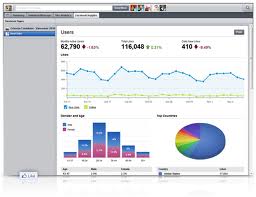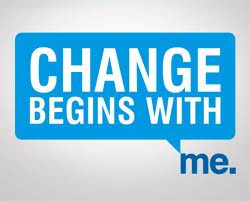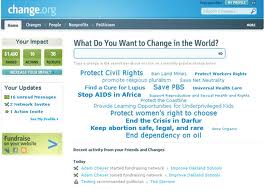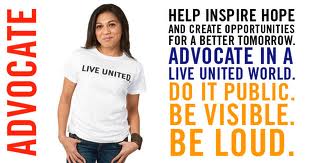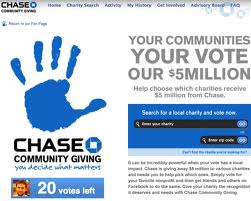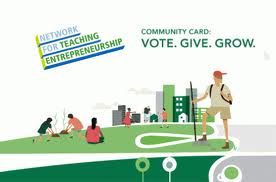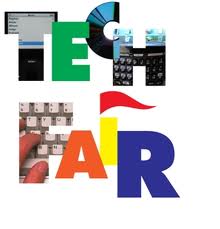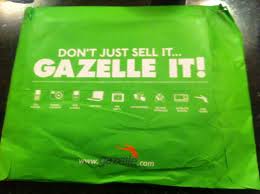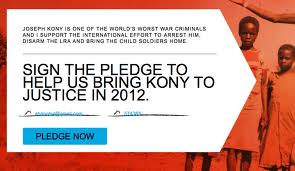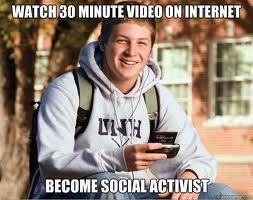 “Going viral” . . . It is something that every non-profit organization wishes and hopes that their ePhilanthropy efforts will do. For those of you still trying to find your “cyber-sea-legs,” let me give you a quick little example:
“Going viral” . . . It is something that every non-profit organization wishes and hopes that their ePhilanthropy efforts will do. For those of you still trying to find your “cyber-sea-legs,” let me give you a quick little example:
Johanna Wicklund is the Director of Program Development & Evaluation at Boys & Girls Club of Green Bay. She sees this awesome thing on the internet advertising free movie clips every Monday focused on fundraising and non-profit best practices. She signs up and forwards the information to her fundraising BFF who is Anne Lemke, the Grants Coordinator at Boys & Girls Club of Oshkosh. Anne looks it over, signs up and forwards it to one of her favorite non-profit bloggers . . . which is ME, of course. I look it over and get excited. I sign-up for the free “Monday Movies for Development Directors” program and decide to blog about it.
Ta-da! This is what is meant by “going viral” with an idea, product or fundraising campaign. It feels very similar to a snowball rolling downhill, gaining speed and size.
 Let me backtrack and talk a little bit about “Monday Movies for Development Directors“. This is a free service provided by Chris Davenport over at 501 Videos. Click the link I just provided, scroll down to the bottom of their landing page, give them your contact information, and every Monday they will send you a short clip of a fundraising interview focused on any number of resource development topics including (but not limited to):
Let me backtrack and talk a little bit about “Monday Movies for Development Directors“. This is a free service provided by Chris Davenport over at 501 Videos. Click the link I just provided, scroll down to the bottom of their landing page, give them your contact information, and every Monday they will send you a short clip of a fundraising interview focused on any number of resource development topics including (but not limited to):
- finding donors
- special events
- social media
- major gifts
The list literally goes on and on.
As Ron Popeil used to say, “BUT WAIT! THERE’S MORE!”
The free clips you receive on Mondays are what people in the industry call “teasers”. You get some valuable information, but you are left wanting more because what you just tasted was so darn yummy! Of course, there is always more to consume, but it isn’t free anymore . . . you can have to pay a small price for it. In this instance, 501 Videos seems to be selling a number of different products including:
- Movie Mondays Pro (online access to more detailed videos related to your Monday movie clips)
- DVDs including “Top 10 Best Movies for Helping Board Members”
- Movie making services to produce a marketing video focused on your non-profit and its services
 Please don’t misinterpret the Ron Popeil reference. I am not being snarky or critical of Chris Davenport or 501 Services. “Sampling” is a common practice (heck, it is a best practice) when it comes to marketing. Chris’ heart even seems to be in the right place if you read about his story on his webpage.
Please don’t misinterpret the Ron Popeil reference. I am not being snarky or critical of Chris Davenport or 501 Services. “Sampling” is a common practice (heck, it is a best practice) when it comes to marketing. Chris’ heart even seems to be in the right place if you read about his story on his webpage.
Yes, I’ve signed up for Chris’ “Monday Movies for Development Directors”. So far, I like what I see . . . I might even purchase a few DVDs if I continue liking what washes into my inbox every Monday.
If you want to see a little sneak preview, click here and you’ll see a short clip titled “Strengthening Donor Relationships with Questions”. It really is quite good.
I’d like to thank both Johanna and Anne for directing this viral snowball in my direction. If you like what you see and want others to catch what you’ve caught, then post this blog to your Facebook, Twitter, LinkedIn, or Pinterest accounts. In addition to Chris getting some business out of it, perhaps I can get a few more people to subscribe to my blog. 😉
Does your non-profit access other FREE fundraising resources? If so, please use the comment box below and share that information with your fellow fundraising and non-profit professionals. Come on . . . pay it forwards! You’ll feel after sharing, which is what philanthropy is all about.
Here’s to your health! ACHOO . . . I think I’m catching a virus!?!? (Yes, this last link is to a funny YouTube video about sneezing. Enjoy!)
Erik Anderson
Founder & President, The Healthy Non-Profit LLC
www.thehealthynonprofit.com
erik@thehealthynonprofit.com
http://twitter.com/#!/eanderson847
http://www.facebook.com/eanderson847
http://www.linkedin.com/in/erikanderson847


